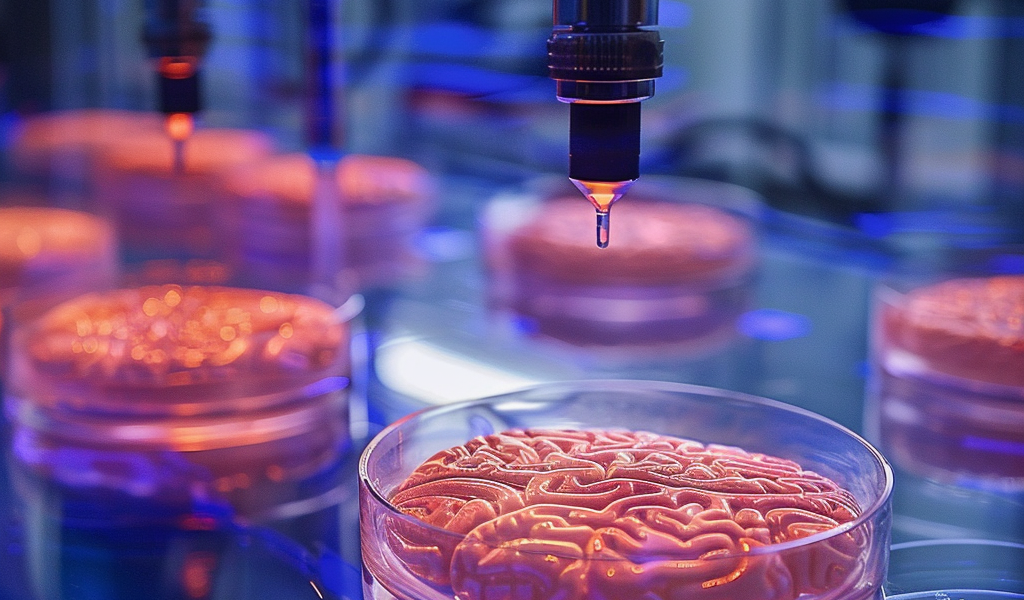Scientists have achieved a groundbreaking milestone in the field of medical science by successfully growing human brains in a laboratory setting. This remarkable feat was reported in a recent paper published in Nature, where researchers detailed the creation of lab-grown ‘minibrains’ from the cells of multiple donors.
These minibrains, as they are affectionately called, are organoids that are meticulously crafted using 3D modeling software before being nurtured into existence in a controlled environment. While the concept of growing human body parts artificially is not entirely new, the development of lab-grown human brains marks a significant leap forward in scientific innovation.
Although these minibrains are far from being capable of complex cognitive functions or strategic thinking, they hold immense potential for advancing scientific research, particularly in the realm of drug testing. The research published in Nature highlights the impact of neurotoxic triggers on these lab-grown human brains, providing a safe and ethical platform for pharmaceutical companies to conduct rigorous trials without compromising the well-being of human subjects.
Referred to as chimeroids, these lab-grown brain tissues are a scientific marvel that closely mimics the biological characteristics of real human brains, offering researchers a unique opportunity to explore various aspects and effects of the brain without resorting to invasive procedures. Stem cell samples from multiple donors were utilized in the creation of these chimeroids, resulting in a fusion of brain organoids that exhibit a diameter of 3 to 5 millimeters.
The decision to incorporate genetic diversity from multiple donors in the development of these minibrains is a critical aspect of this innovative approach. By encompassing a range of genetic variables, the chimeroids serve as a comprehensive model for researchers to investigate the diverse responses to drugs and other stimuli, thereby streamlining the research process and enhancing scientific understanding.





